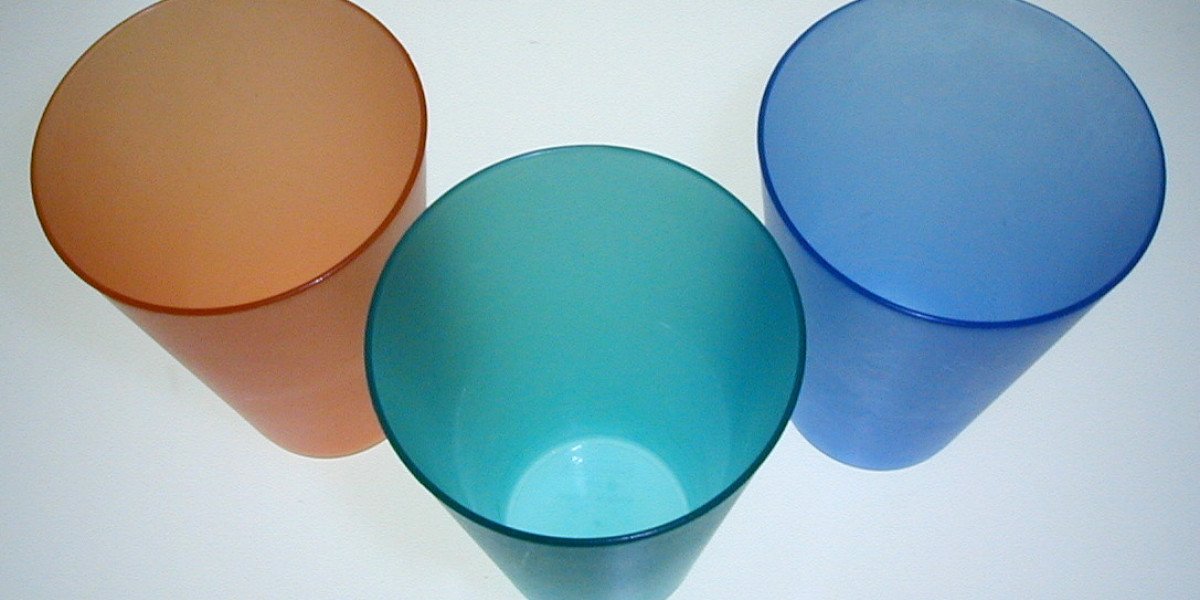Growing attention toward adaptable packaging solutions has brought the Sterilization Gusseted Roll from Hopeway AMD into discussions surrounding organized workflows and steady handling practices. As teams examine how small adjustments in packaging structure affect routine tasks, interest continues to grow around materials that support consistent preparation without unnecessary complications. This shift reflects a broader trend in which users value tools that align with natural working rhythms and allow for measured, predictable use.
Much of the momentum behind this change comes from an increased awareness of how packaging flexibility influences day-to-day operations. When a roll can expand, contour, or adjust to different shapes, it often helps simplify procedures that vary in size and purpose. This adaptability encourages users to refine their methods with greater confidence, knowing that the material will support adjustments without disrupting flow. As a result, many now pay closer attention to structural features that respond smoothly to bending, sealing, or folding.
Another factor shaping current interest is the variety of instruments and items that require packaging in modern environments. As tasks expand and new tools enter circulation, users seek materials that can support both broad and narrow dimensions without forcing precise measurements every time. The gusseted structure provides room for adjustment, helping individuals maintain order even when item sizes change unexpectedly. This capacity to accommodate variation fosters a sense of stability during demanding or shifting schedules.
People have also become more intentional about how packaging contributes to efficiency. A roll that unwinds evenly and holds its shape during preparation gives teams room to focus on essential procedures rather than minor corrections. This type of predictable behavior supports a cleaner process and helps individuals maintain clarity during fast transitions. Rather than viewing packaging as a passive element, many now consider it an active part of workflow coordination.
Attention is also turning toward how packaging materials influence storage systems. When a roll balances pliability with structure, it fits easily into different storage spaces without causing clutter. Users appreciate tools that remain orderly in cabinets, drawers, or workstations, allowing them to create an environment that encourages calm and consistent movement. In this way, thoughtful material design contributes not only to task performance but also to the atmosphere of the workspace itself.
The growing adoption of gusseted packaging solutions also reflects a cultural shift toward measured, adaptable design. People increasingly value items that perform steadily across changing conditions rather than excelling in only one context. This balanced approach encourages users to craft personalized systems that make sense for their unique routines, with packaging chosen as a foundational component of that structure.
As conversations continue, it becomes clear that flexible materials play an important role in shaping practical habits. Thoughtful construction, responsive surfaces, and adjustable dimensions all contribute to tools that support real-world expectations. These qualities resonate strongly in environments where organization and clarity matter, further driving interest in solutions that fit easily into diverse applications.
If curiosity leads you toward a deeper look at how such materials influence everyday practice, let that curiosity guide your next step online. A single visit to https://www.hopewayamd.com/news/industry-news/tyvek-roll-stock-a-highperformance-material-for-medical-packaging.html may open an unexpected door to new ideas in practical design, waiting quietly for the next thoughtful click.








